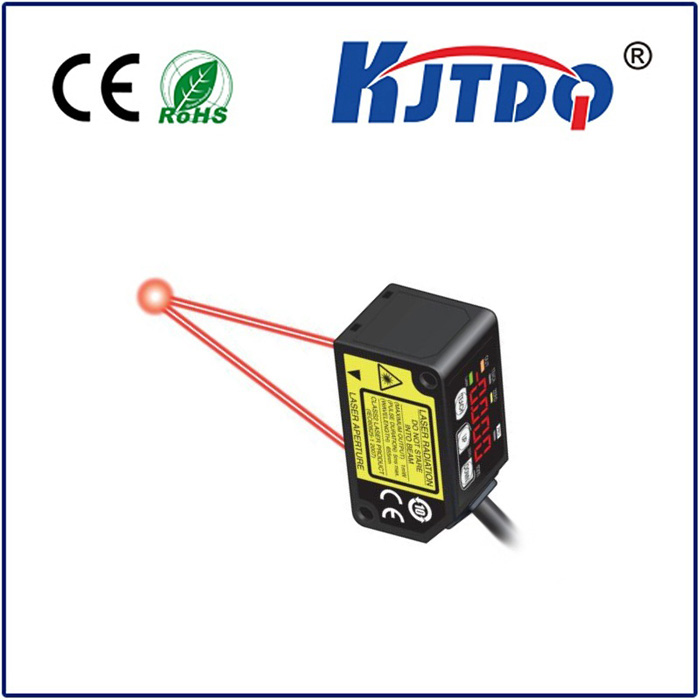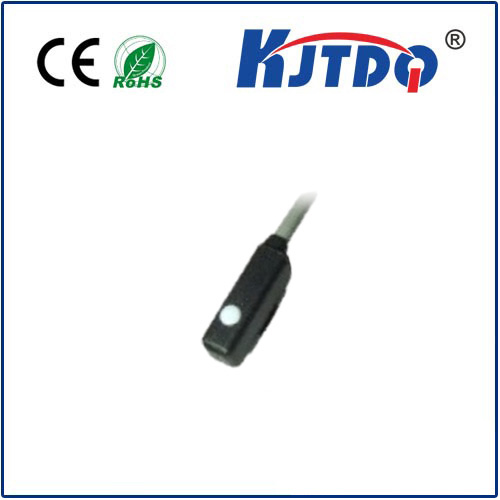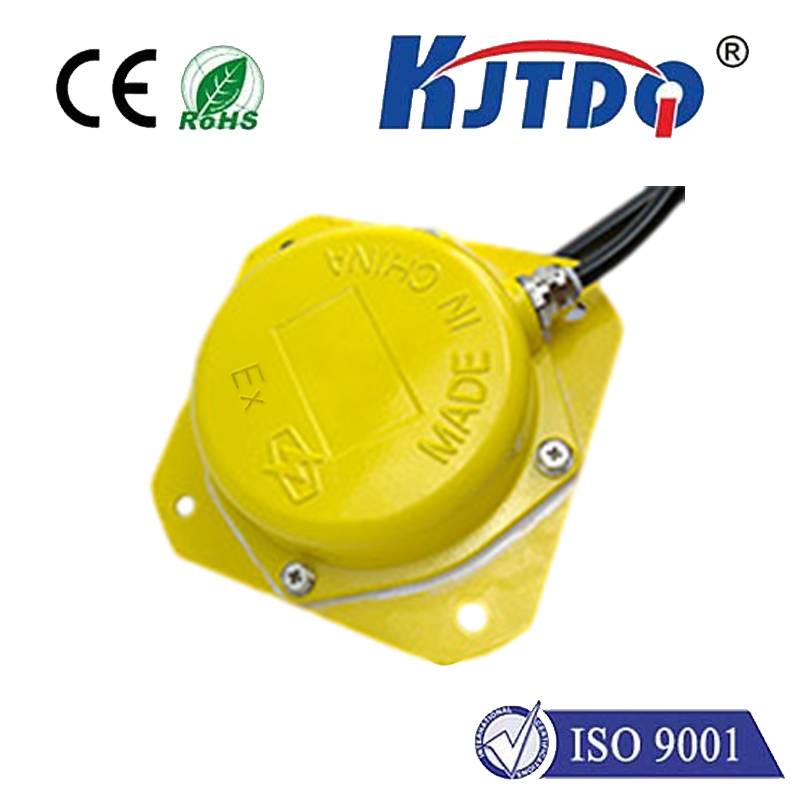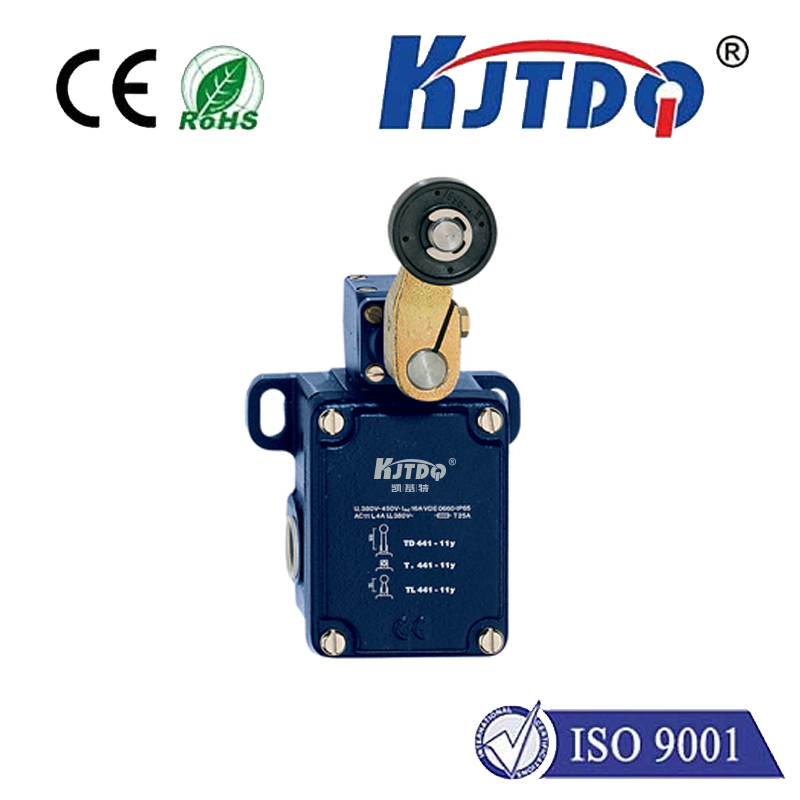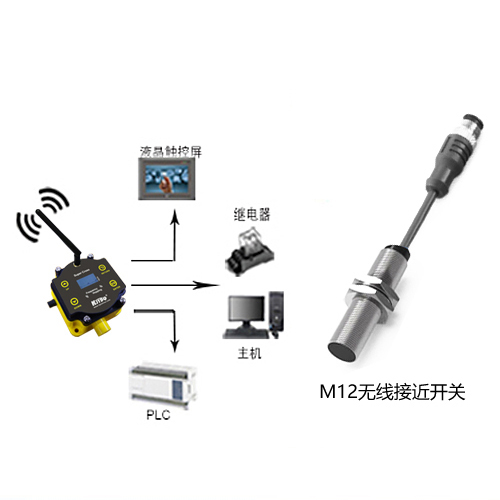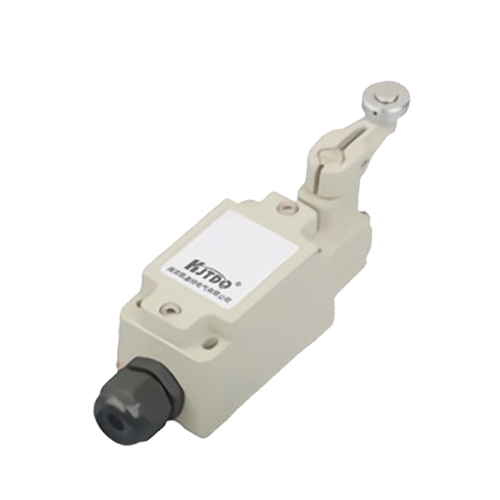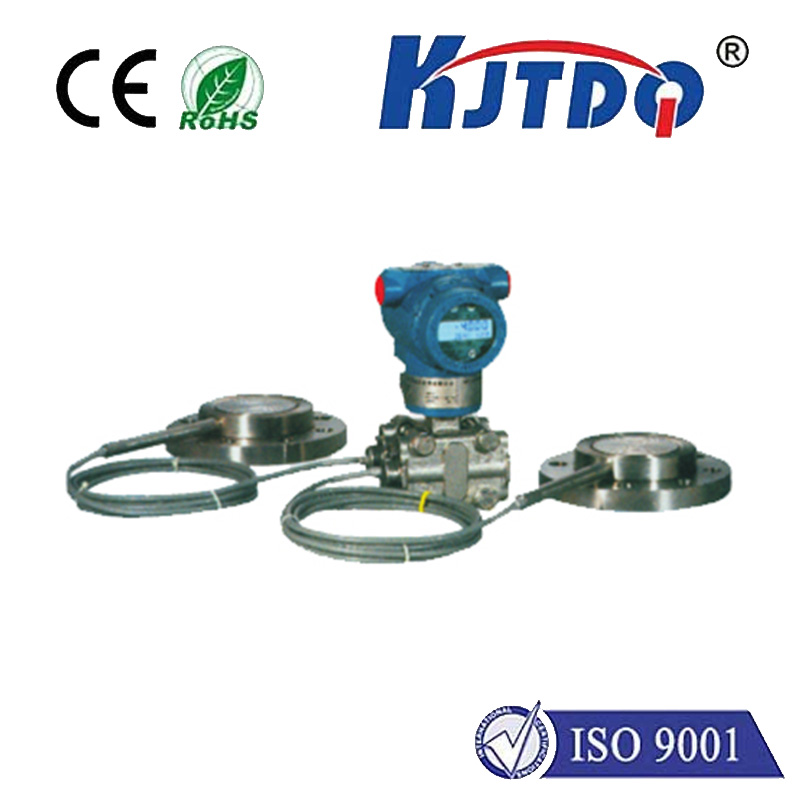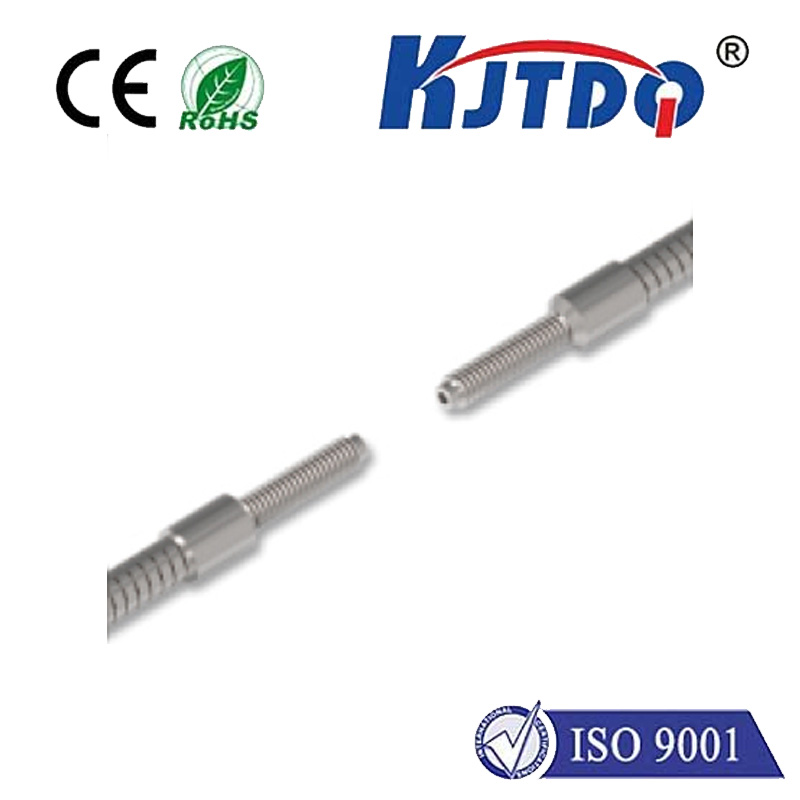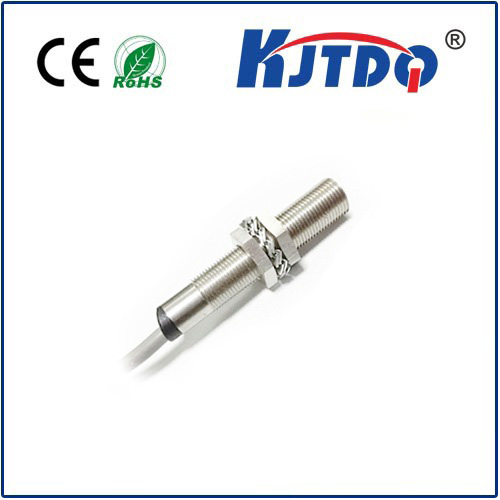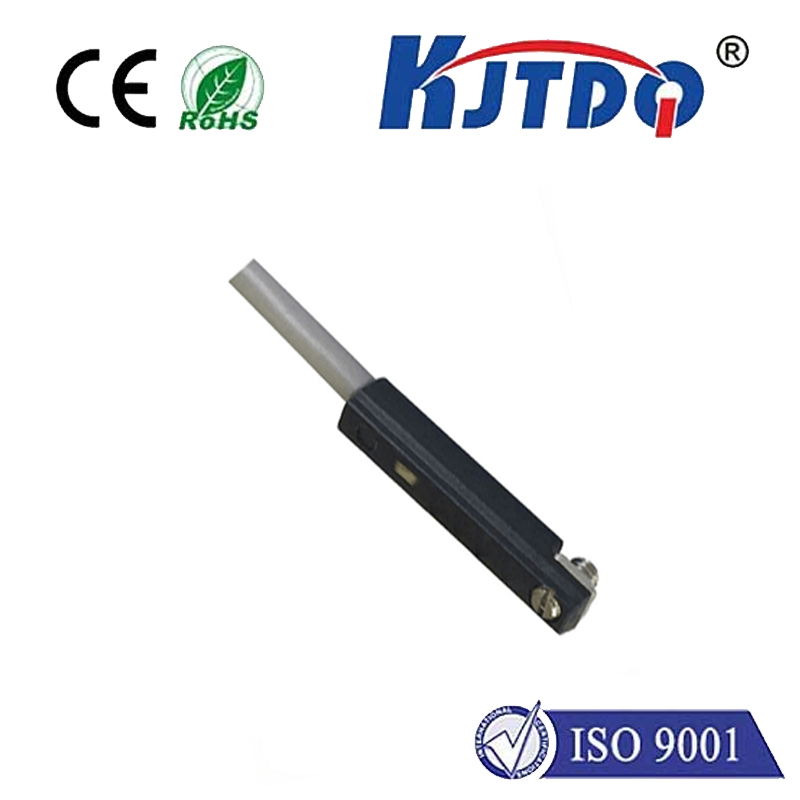inductive proximity sensors m12
- time:2025-09-06 00:41:14
- Нажмите:0
M12 Inductive Proximity Sensors: The Compact Powerhouses of Non-Contact Detection
Tired of mechanical switches succumbing to wear, dirt, or harsh conditions? Seeking reliable, solid-state sensing for metal targets without physical touch? Look no further than the ubiquitous M12 inductive proximity sensor. These remarkably compact and robust devices form the backbone of countless automated systems, offering precision, durability, and standardized convenience where space and performance are paramount.
Understanding the Core Principle: Electromagnetism at Work
At the heart of every inductive proximity sensor lies a fundamental principle: electromagnetic induction. The sensor contains an oscillator circuit generating a high-frequency electromagnetic field radiating from its active face. When a ferrous (iron-based) or non-ferrous (like aluminum, brass, copper) metal target enters this field, eddy currents are induced on the target’s surface. These eddy currents draw energy from the sensor’s oscillation circuit.
This energy loss causes a detectable change within the sensor’s circuitry. Specialized electronics monitor this change. Once the disturbance reaches a predetermined threshold – corresponding to the sensor’s specified operating distance or switching point – the sensor’s solid-state output (like a transistor) instantly changes state (switches ON or OFF). Crucially, this detection occurs entirely without physical contact, eliminating mechanical wear and enabling high-speed operation in demanding environments.

Why the M12 Form Factor Reigns Supreme?
The “M12” designation refers to the sensor’s standardized 12mm cylindrical housing and its corresponding M12 x 1 threaded barrel for mounting. This compact size offers significant advantages:
- Space Efficiency: Fits effortlessly into tight installations common in modern machinery, robots, and tooling where space is often at a premium.
- Standardization & Interchangeability: The M12 threaded barrel is a global industrial standard. This simplifies mounting (requiring only a single tapped hole), sensor replacement, and the selection of compatible connectors and cables. A vast ecosystem of M12 accessories exists.
- Robustness: Despite their small size, M12 inductive sensors are engineered for toughness. High-quality models boast excellent IP67, IP68, or IP69K ratings, making them resistant to dust ingress and capable of withstanding powerful water jets or even temporary submersion. They handle shock and vibration typical in industrial settings far better than fragile mechanical switches.
- Wide Variety: M12 inductive sensors come in diverse configurations:
- Shielded (Flush Mountable): Can be mounted flush in metal without affecting performance, ideal for constrained spaces.
- Unshielded (Non-Flush Mountable): Offer longer sensing ranges than shielded equivalents but require clearance around the sensing face.
- Factor 1 (Detects all metals): Switching distance is reduced for non-ferrous metals compared to ferrous. Standard for M12 inductive sensors.
- Output Types: NPN (sinking), PNP (sourcing), normally open (NO), normally closed (NC), analog (current/voltage), and IO-Link variants available.
- Sensing Distances: Typically range from 1mm to 4mm for shielded M12 sensors, depending on the specific model and target material.
Where Do These Sensors Shine? Applications Galore
The combination of non-contact operation, compact M12 size, and ruggedness makes these sensors indispensable across numerous sectors:
- Position Verification: Confirming the presence or absence of machine parts, tools in holders, pistons at end positions, or clamps in place. Reliable feedback ensures process integrity.
- End-of-Travel Detection: Accurately sensing the limits of cylinders or linear actuators without mechanical stops.
- Object Counting: Monitoring metal objects passing on conveyors (e.g., bottles with metal caps, cans, automotive parts).
- Speed Monitoring: Detecting rotating elements like gear teeth or encoder discs.
- Robotics: Tool change verification, gripper position sensing, and collision detection on compact robot arms. The small M12 footprint is often crucial here.
- Liquid Level Detection: Sensing metallic floats inside tanks.
- Conveyor Systems: Monitoring pallets, product carriers, or tracking item flow.
- Packaging Machinery: Detecting foil seals, metal clips, or product position.
Key Advantages Driving Adoption of M12 Inductive Proximity Sensors
- Exceptional Reliability & Long Life: No moving parts subject to wear. Solid-state electronics deliver millions of reliable switching cycles.
- High Switching Frequencies: Capable of detecting rapidly moving targets or high-speed processes.
- Immunity to Environmental Factors: Resistant to dirt, dust, oil, grease, moisture, and most chemicals (depending on housing material and sealing). Unaffected by non-metallic contaminants.
- Simple Installation & Integration: Standard M12 threads and readily available connectors simplify mounting and wiring. Plug-and-play integration reduces downtime.
- Cost-Effective Solution: Long lifespan, minimal maintenance, and reliable operation translate to a low total cost of ownership.
Selecting the Right M12 Inductive Sensor
Consider these critical factors when choosing:
- Target Material: Ferrous steel guarantees the rated sensing distance. Non-ferrous targets require sensors rated for them or expect a reduced sensing range (often 30-60% less).
- Required Sensing Distance: Choose shielded or unshielded based on the necessary range and mounting constraints. Remember the rated distance is for a standard mild steel target.
- Mounting Constraints: Shielded sensors are essential for flush mounting in metal. Unshielded need clearance.
- Environment: Confirm the required IP rating (e.g., washdown environments demand IP67/IP69K) and temperature range. Stainless steel housings offer better corrosion resistance.
- Electrical Requirements: Match the output type (NPN/PNP, NO/NC) and voltage supply (typically 10-30V DC) to your control system. Consider IO-Link for smart sensor capabilities and diagnostics.
- Connector Style: Choose straight, right-angle, or pre-wired cables based on space and cable routing needs.
The unassuming M12 inductive proximity sensor consistently proves its immense value. Its compact M12 form factor delivers robust, high-performance non-contact detection for metal targets, forming a critical link in the automation chain. By mastering the principles and selection criteria, engineers leverage these sensors to build machinery that is more reliable, efficient, and cost-effective, pushing the boundaries of modern manufacturing and control.

